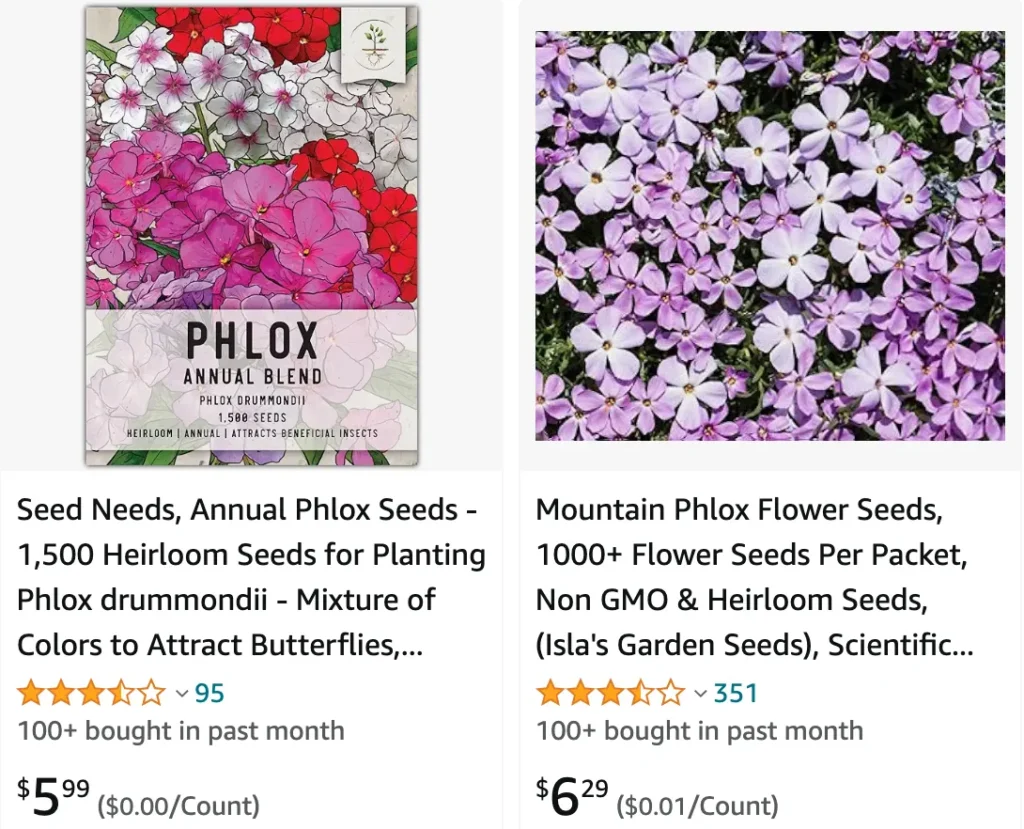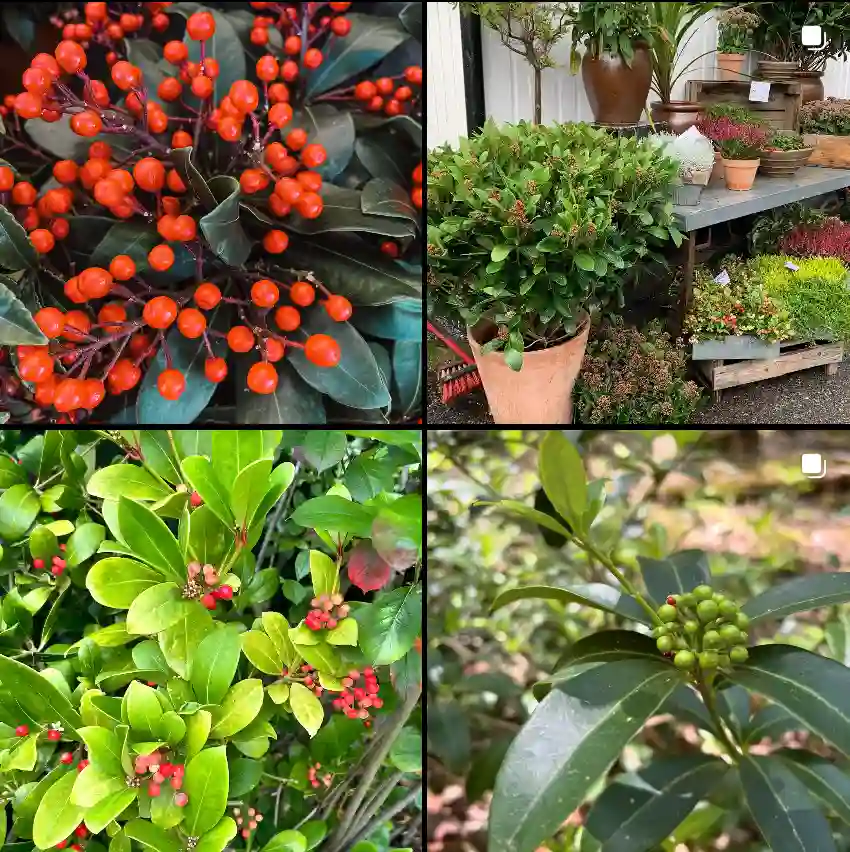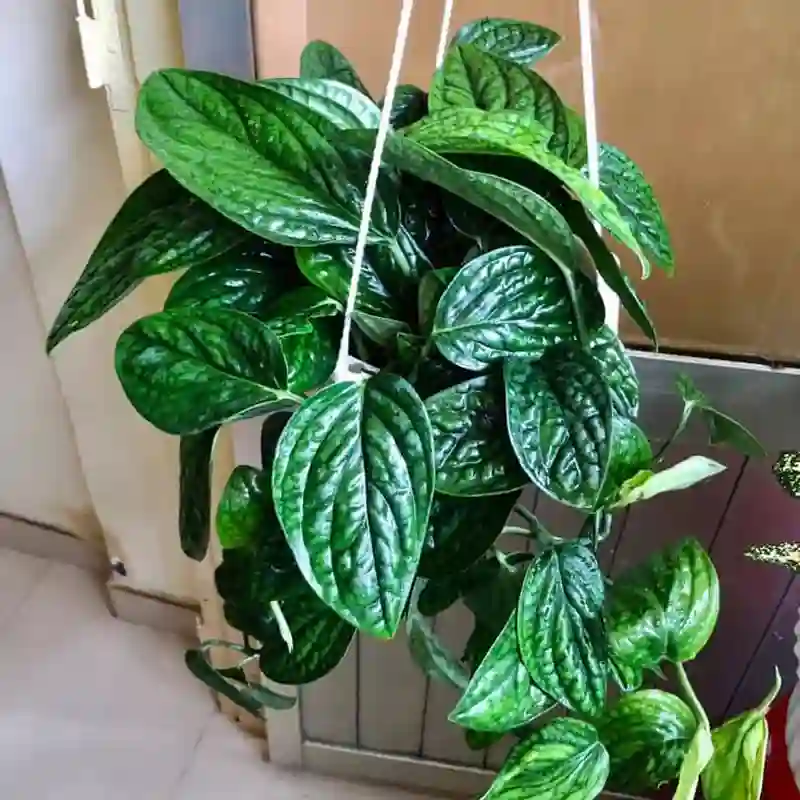
Phlox Pilosa: A Fragrant and Resilient Beauty for Your Garden
As a gardener, I’m always on the lookout for plants that are both beautiful and easy to care for. Phlox pilosa, also known as downy phlox or prairie phlox, has become a new favorite. This charming perennial ticks all the boxes: attractive blooms, long bloom time, low maintenance needs, and the ability to attract pollinators.
Since discovering phlox pilosa, I’ve been engrossed in learning everything I can about it. In this article, I’ll share my experiences and knowledge about this delightful flower, hoping to inspire you to add it to your own garden.
70 Species in Genus Phlox
Planting a Sea of Pink (or Lavender!)
Phlox pilosa boasts clusters of fragrant flowers that range from soft pink to lavender. These blooms, with their five flat, unfringed petals, appear in early summer and continue to grace the garden well into fall. The plant itself forms a low-growing mound, typically reaching heights between 6 and 24 inches.
One of the things I love most about phlox pilosa is its versatility. It thrives in full sun to partial shade, making it adaptable to various garden layouts. It’s also quite forgiving when it comes to soil conditions, doing well in most well-drained soils, from sandy to loamy.
Planting phlox pilosa is a breeze. Simply sow seeds directly in the garden in the fall or early spring. Alternatively, you can start them indoors a few weeks before the last frost and transplant them outdoors once the danger of frost has passed. Space your plants 8-12 inches apart to allow for good air circulation.
How to care for Phlox Pilosa?
Phlox pilosa is a low-maintenance plant, but a few basic care practices will ensure it thrives in your garden. Here’s what I’ve found works best:
- Watering: Water regularly, especially during hot, dry periods. Aim to keep the soil consistently moist, but avoid overwatering.
- Deadheading: To encourage continuous blooming, deadhead spent flowers by pinching them off just below the flower head. This will prevent seed formation and keep the plant looking its best.
- Fertilizing: While not strictly necessary, a light application of balanced fertilizer in early spring can give your phlox pilosa a boost.
Is Phlox Pilosa Deer Resistant?
This is a question I hear frequently from fellow gardeners. The good news is that phlox pilosa is generally considered deer resistant. The fuzzy foliage and slightly bitter taste deter deer from nibbling on these plants. However, if deer pressure in your area is particularly high, it’s always a good idea to plant phlox pilosa in a protected location or use a deer repellent spray as a precaution.
How to propagate Phlox Pilosa?
Phlox pilosa is not only beautiful but also surprisingly easy to propagate. Here are two methods you can try:
- Division: In the spring or fall, you can divide mature phlox pilosa plants to create new ones. Simply dig up the clump, carefully separate the roots, and replant the divisions in your desired locations.
- Seed saving: Allow some flowers to go to seed and collect them in the fall. Store the seeds in a cool, dry place over winter and sow them in the spring for a new generation of phlox pilosa.
What to plant with Phlox Pilosa?
When it comes to companion planting, phlox pilosa pairs well with a variety of other perennials. Consider planting it alongside:
- Coneflowers (Echinacea purpurea): These vibrant daisy-like flowers add a burst of color and attract pollinators.
- Black-eyed Susans (Rudbeckia fulgida): Their cheerful yellow blooms create a stunning contrast with the pink or lavender phlox flowers.
- Grasses (Ornamental Grasses): Ornamental grasses provide textural interest and movement in the garden, complementing the softness of phlox pilosa.
A Final Note: A Gardener’s Delight
Phlox pilosa is more than just a pretty face. It’s a hardy, low-maintenance plant that provides season-long beauty and attracts butterflies and hummingbirds to your garden. With its easy-going nature and charming blooms, phlox pilosa is a delight for gardeners of all levels. So why not give it a try in your own garden and experience its magic for yourself?
If i die, water my plants!



